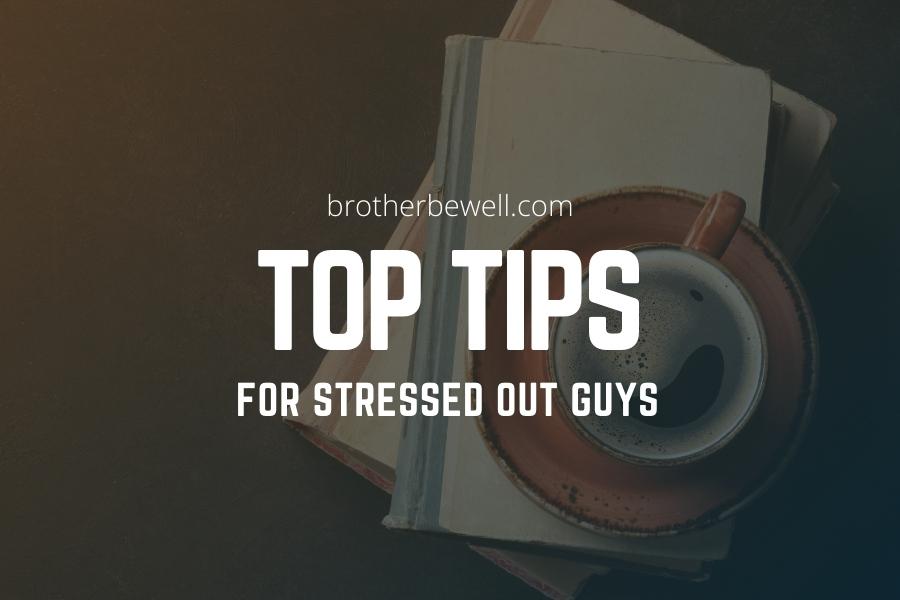It is no great surprise that regular exercise is good for the body. It can control weight, combat problematic health conditions and diseases, and add years to your life. However, exercise is about more than just the physical benefits. It can have a profoundly positive impact on depression, anxiety, ADHD, stress, and memory. Exercise also helps with sleep and boosts overall mood. Research also indicates that benefits can be reaped from even modest amounts of exercise no matter one’s age or fitness level.
How much exercise is considered a moderate amount? Probably not as much as you think. Although the ideal amount of exercise for mental-wellness has yet to be agreed upon, there is some evidence to suggest that doing more exercise leads to greater benefits. However, it is important to keep in mind that even just a few minutes of physical activity is better than none at all. If you do not have time for, or are unable to complete, 15 to 30 minutes of exercise, then start with a 5 or 10 minute session. The key is to commit to some level of physical activity on most days.
For example, cleaning the house, washing the car, tending to the yard and garden, and mowing the lawn with a push mower are all considered light physical activity. These activities can often be overlooked as actual exercise, but they are no less valid than going for a walk. The key is to get moving, take in oxygen, and get blood circulating on a routine basis. In addition, when nature serves as a backdrop for physical activity, mental health benefits get a boost and can add unique qualities for relaxation and inner peace.
Overcoming physical and mental health obstacles to exercise can be difficult. For example, when you feel tired, stressed, or depressed it can feel like working out will only make it worse. Yet studies show that regular exercise can reduce fatigue, anxiety, and depression and increase energy levels. If you are really feeling tired or down, set small, achievable goals and build-up from there.
It’s important to remember that physical disability or injury may limit the ability to exercise, and may cause pain. Talk to your healthcare provider about ways to safely exercise, and consider getting physical under water to reduce joint or muscle discomfort. For mental-wellness and improved overall health, treat exercise like a private mini-appointment with yourself. Schedule it in daily and watch the rewards grow.
Brother Be Well Editorial Team
References
Physical Activity Guidelines Advisory Committee. (2008). Physical activity guidelines advisory committee report, 2008. Washington, DC: US Department of Health and Human Services, 2008, A1-H14.
Dunn AL, Trivedi MH, O’Neal HA. Physical activity dose-response effects on outcomes of depression and anxiety. 2001.
Ensari I, Greenlee TA, Motl RW, Petruzzello SJ. Meta‐analysis of acute exercise effects on state anxiety: An update of randomized controlled trials over the past 25 years. Depression and anxiety. 2015;32(8):624-34.
Loprinzi PD. Objectively measured light and moderate to vigorous physical activity is associated with lower depression levels among older U.S. adults. Aging & mental health. 2013;17(7):801-5.
Mata J, Hogan CL, Joormann J, Waugh CE, Gotlib IH. Acute exercise attenuates negative affect following repeated sad mood inductions in persons who have recovered from depression. Journal of abnormal psychology. 2013;122(1):45.
Puetz TW, O’Connor PJ, Dishman RK. Effects of chronic exercise on feelings of energy and fatigue: a quantitative synthesis. Psychological bulletin. 2006;132(6):866.
Reiner M, Niermann C, Jekauc D, Woll A. Long-term health benefits of physical activity – a systematic review of longitudinal studies. BMC public health. 2013;13(1):813.



